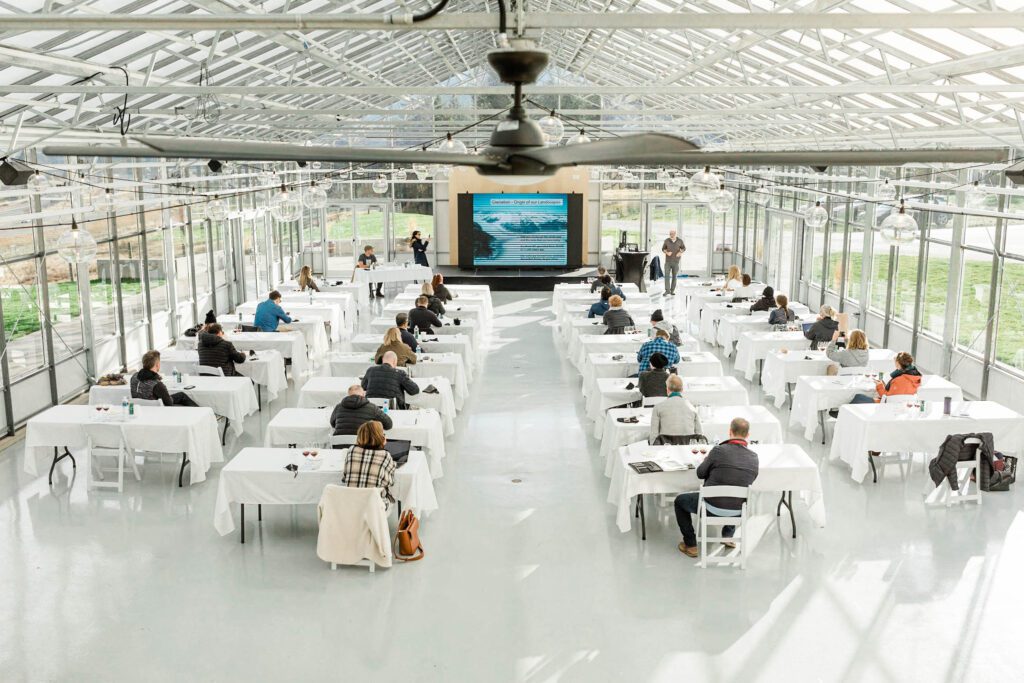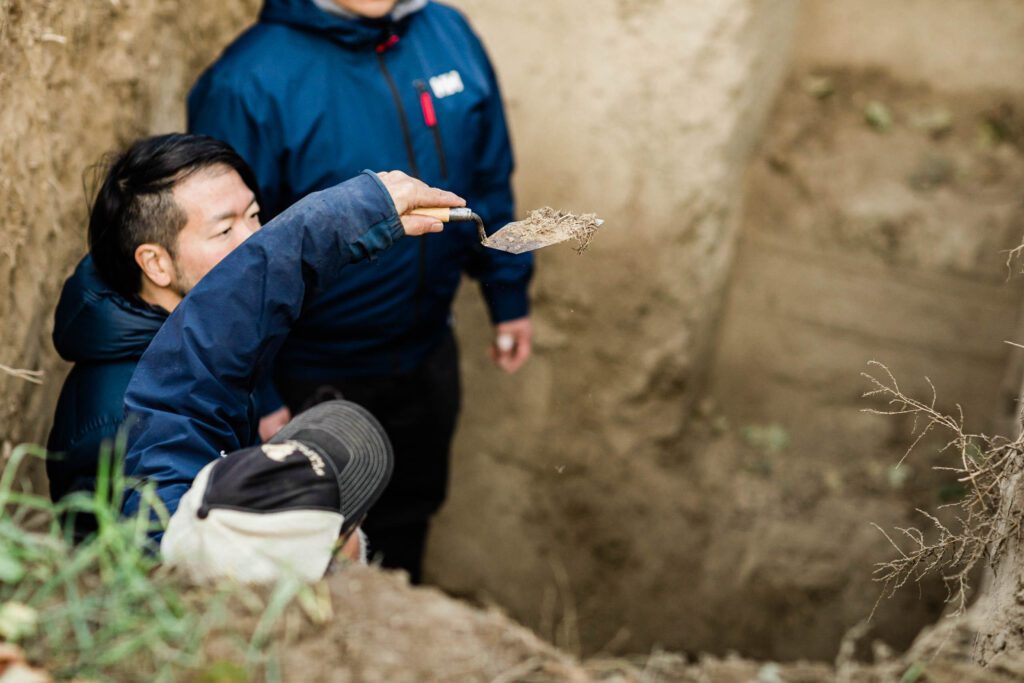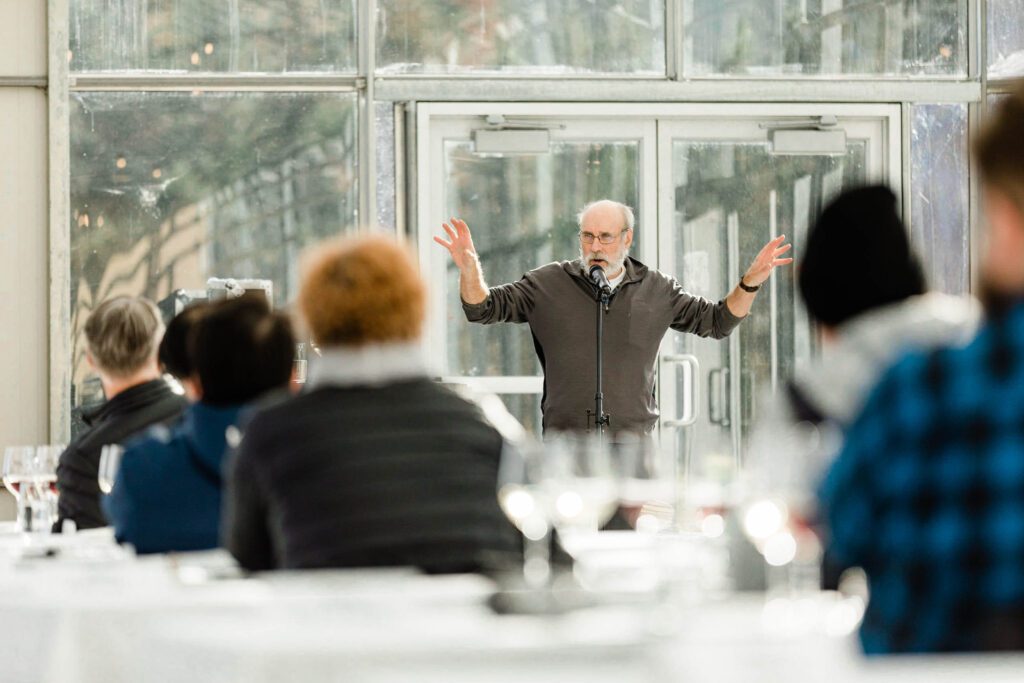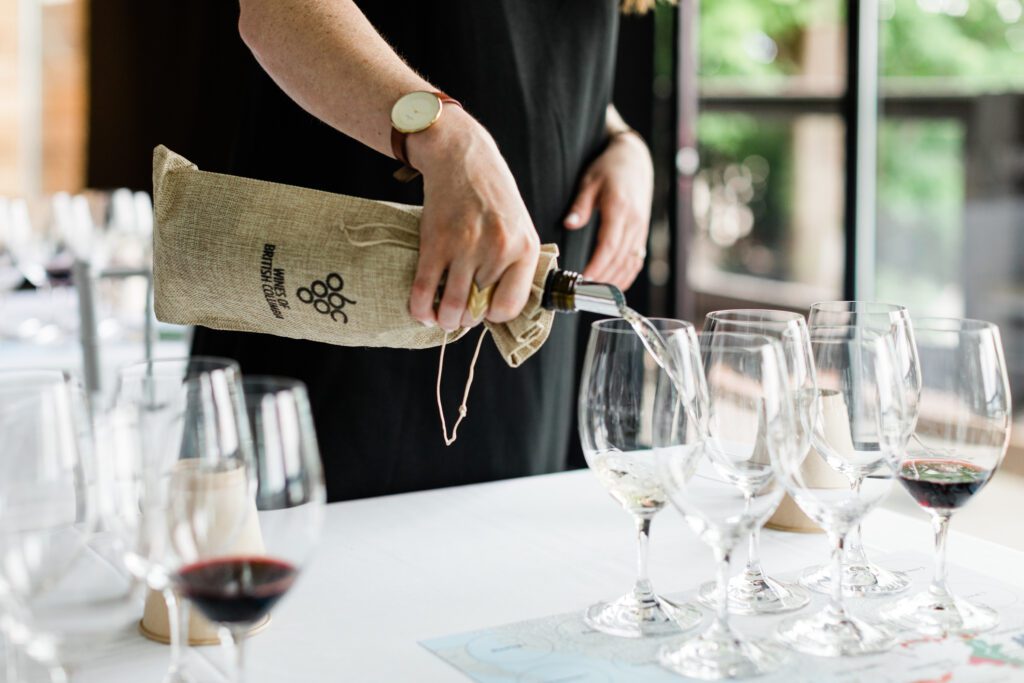Mandate: To improve the effectiveness, alignment, and collaboration of BC’s wine grape industry organizations by assessing structures, clarifying mandates, and building coordinated capacity to better serve the entire sector.
Goal Statement: BC’s wine grape industry organizations will work under a shared strategy, aligning mandates and resources to provide efficient, transparent, and sustainable service to industry. By learning from other wine regions and coordinating with similar BC commodity groups, we will strengthen collaboration, reduce duplication and ensure equitable financial models, positioning industry to tackle shared challenges, seize opportunities, and strengthen its reputation for quality and sustainability.
Working Group Members:
- Jeff Guignard, WGBC (Advisory Committee Liaison)
- Felix Egerer, WIGA Representative
- Kate Durisek, BCWGC Representative
- Randy Bartsch, BCWA Representative
- Josh Stewart, WGBC Representative
- Bobby Ercego, BCGA Representative
- Kellie Garcia, Cross-Commodity Project
- Adrian Arts, BC Fruitgrowers Association
While our working group membership is currently full, if you are interested in joining the Working Group Community, please contact Lindsay Kelm at [email protected]. Community Members will receive early updates, be invited to provide feedback on draft ideas, and help guide the group’s direction through ongoing engagement.
